An Astronomical Guide to the Island of Ireland
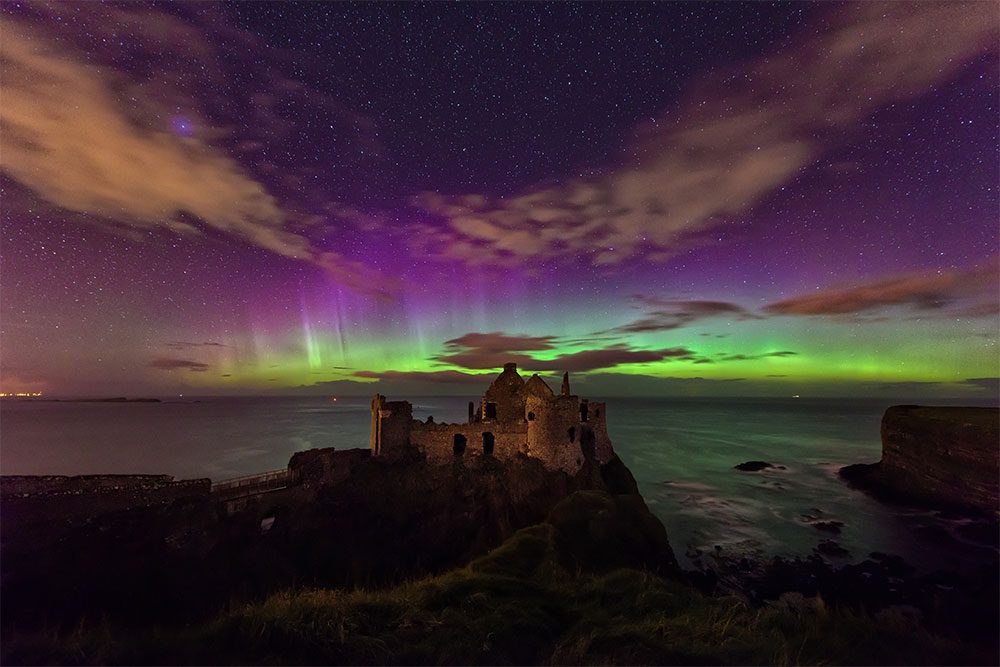
Embark on a celestial journey across the island of Ireland, where the mysteries of the cosmos intertwine with ancient legends and modern discoveries. This guide unveils the astronomical wonders of both Northern Ireland and the Republic of Ireland, leading you through a tapestry of cutting-edge observatories and timeworn archaeoastronomical sites. Explore stone circles that whisper the secrets of the skies, passage tombs aligned with celestial events, and other enchanting locations that capture the imagination and connect us to the universe's timeless dance.
Stargazing
-
Armagh Observatory and Planetarium, Co. Armagh
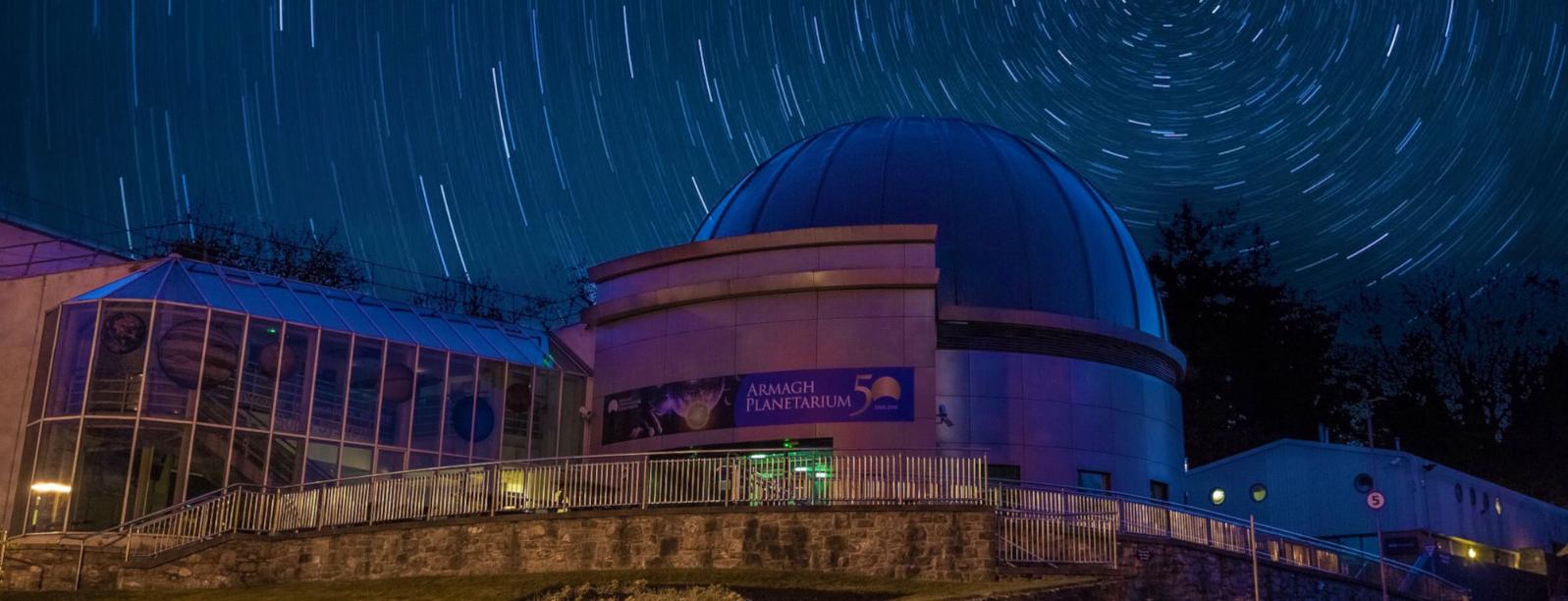
Known as the "City of Stars", Armagh is home to one of the oldest observatories in the UK and Ireland. Established in 1790, it offers fascinating insights into the universe with its modern planetarium shows and historic telescopes. Visitors can enjoy interactive exhibits and guided tours year-round.
The conference on Thursday will be held at this location.
- OM Dark Sky Park and Observatory, Co. Tyrone
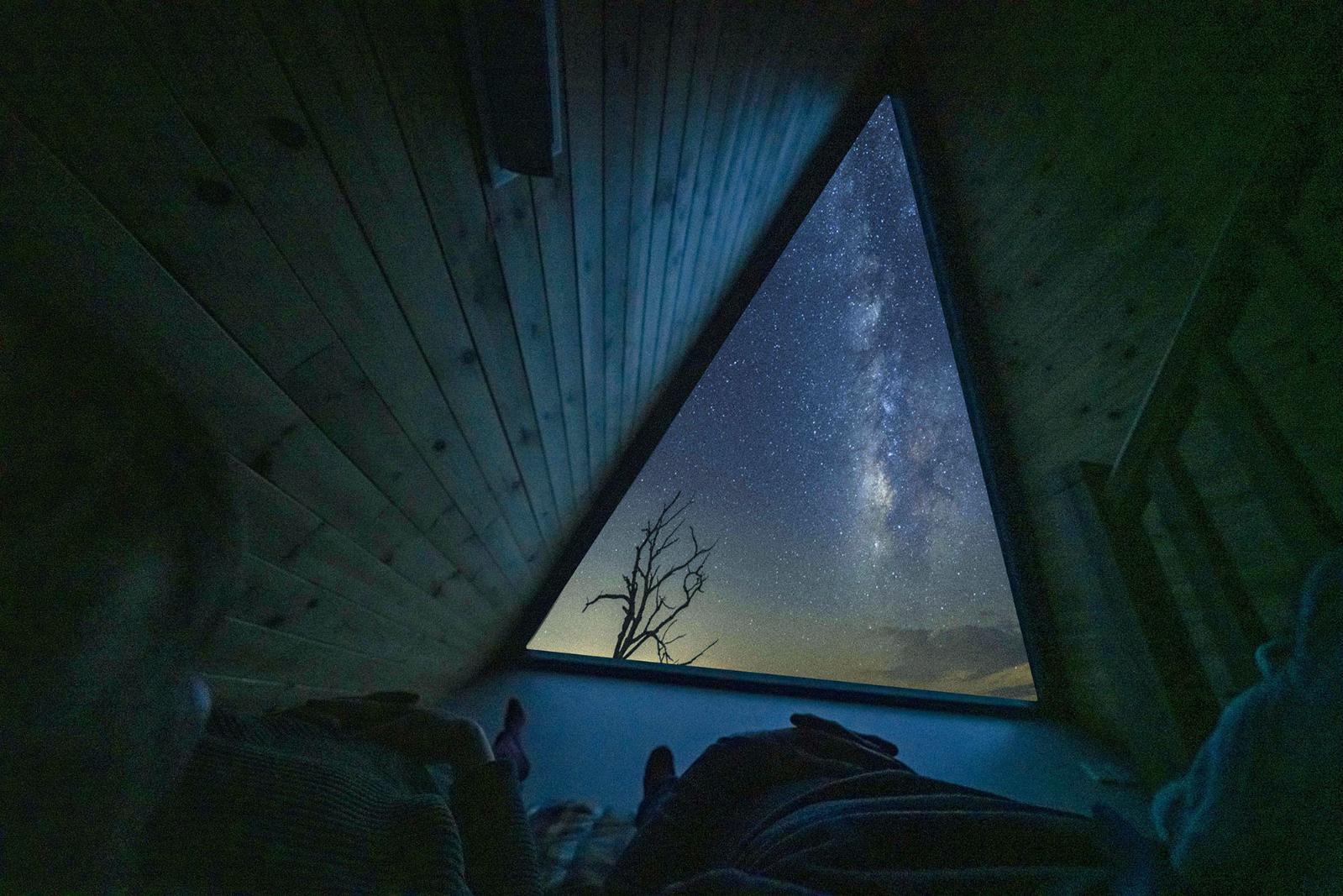
This area is recognised for its pristine dark skies, ideal for stargazing and observing celestial events. The observatory offers educational programs and public viewing nights, especially popular during meteor showers.
- Carfunnock Sundial Park, at Carfunnock Country Park, Co. Antrim

Located near Larne in County Antrim, this fascinating Sundial Park includes several sundials, each offering a unique way to explore the ancient art of timekeeping. These sundials work by casting a shadow on a marked surface, allowing visitors to tell the time based on the sun's position in the sky. The sundials are not only functional but also serve as artistic installations, making them both educational and visually appealing. Carfunnock Country Park is open to the public year-round, providing ample opportunity for visitors of all ages to enjoy the sundials and the surrounding natural beauty.
- Kerry International Dark Sky Reserve, Co. Kerry
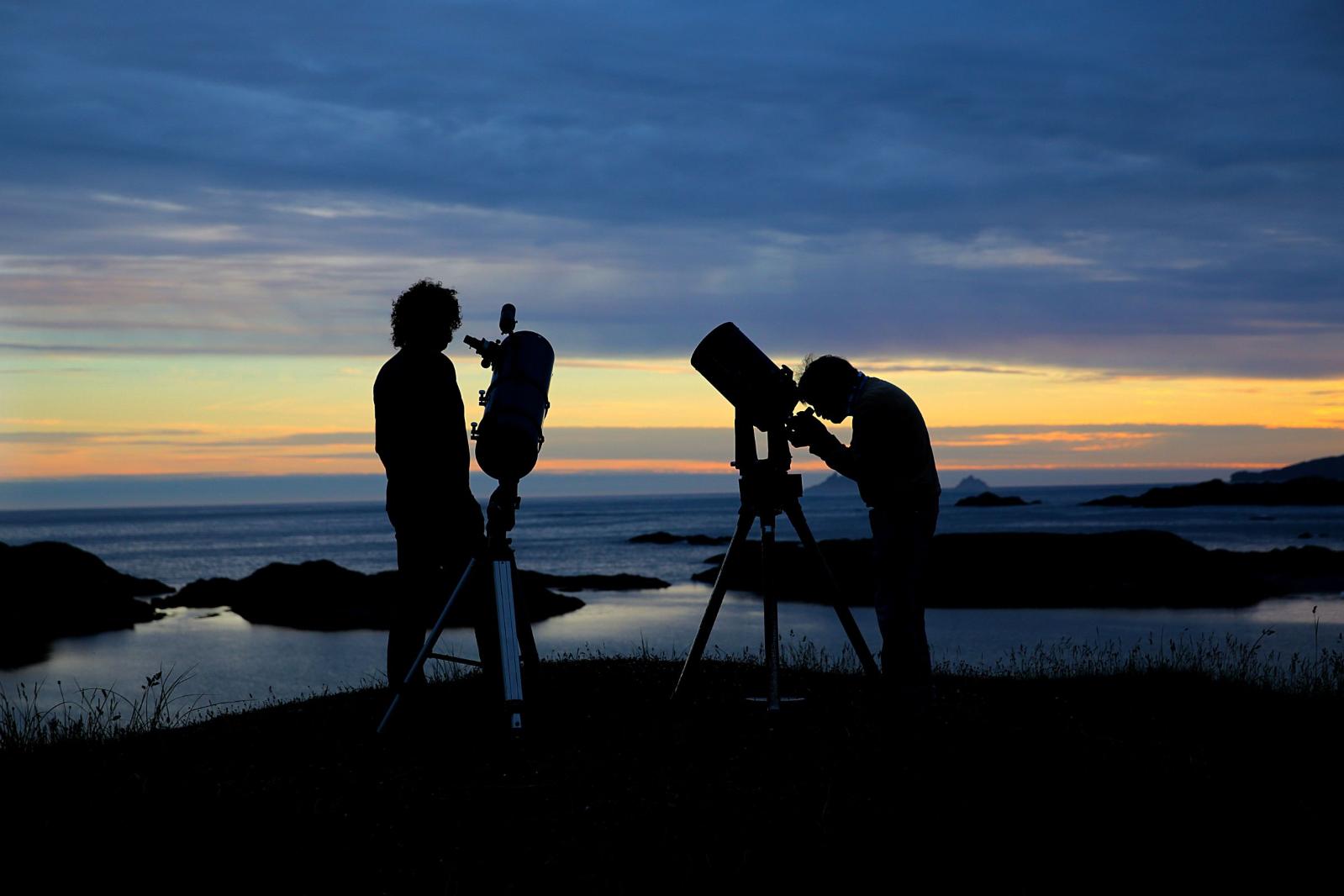
Recognised for its exceptional quality of starry nights, this reserve offers organised stargazing events and the annual Skellig Coast Dark Sky Festival. It's an ideal location for experiencing the Milky Way and other celestial wonders.
https://www.kerrydarkskytourism.com/
https://www.discoverkerry.com/event/skellig-coast-dark-sky-festival/69482101/
-
Dunsink Observatory, Dublin
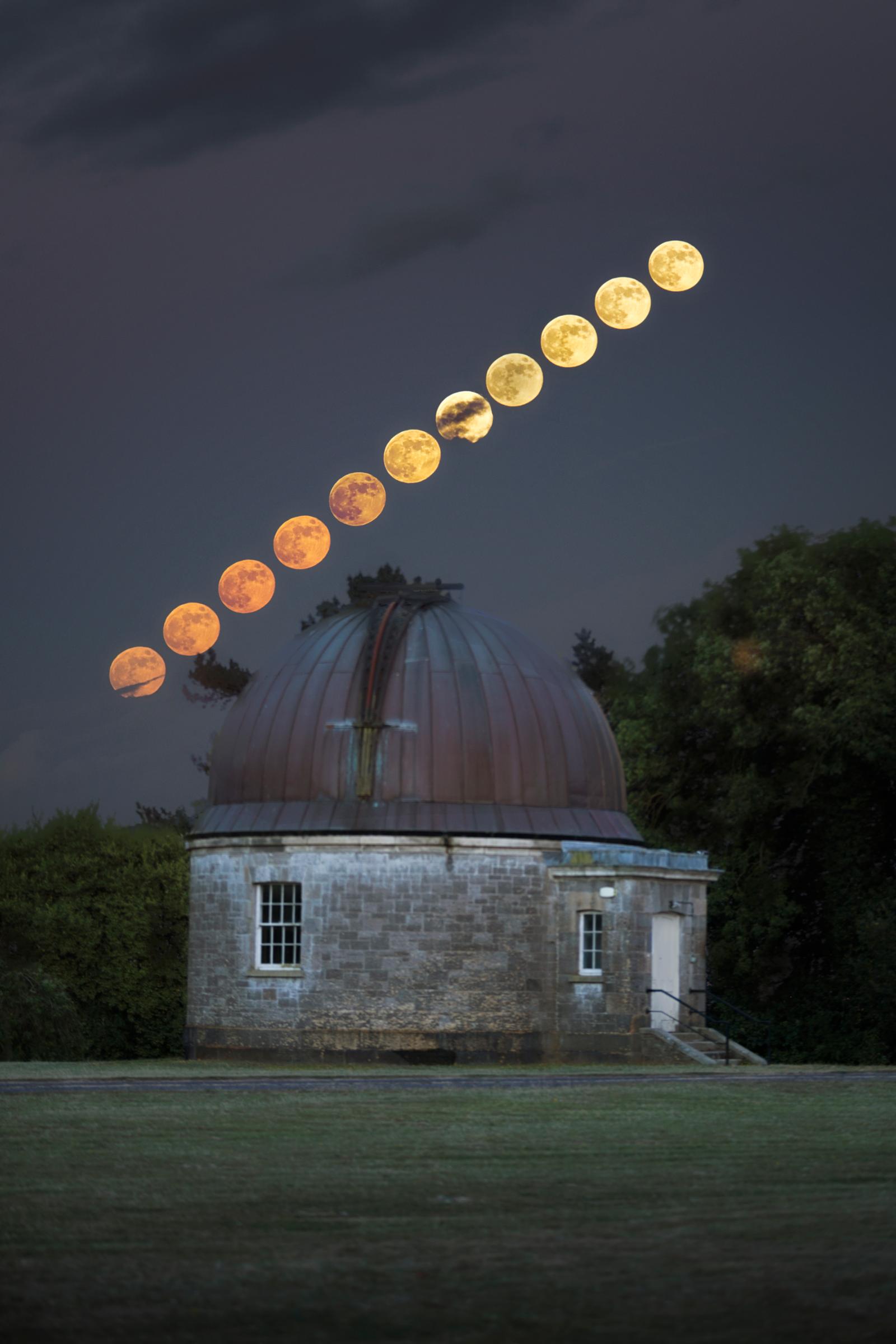
Located in Dublin, it is one of the country's most historic scientific sites. Established in 1785, it is part of the Dublin Institute for Advanced Studies and has played a significant role in the development of astronomy in Ireland. The observatory is renowned for its association with the famous mathematician and astronomer Sir William Rowan Hamilton, who served as the Royal Astronomer of Ireland and made significant contributions to mathematics and physics during his tenure there. The observatory houses a range of historic instruments, including the South Telescope, which was used for pioneering astronomical observations. Today, Dunsink Observatory serves as a center for public outreach and education, hosting regular open nights and events that allow visitors to explore the wonders of the universe through lectures and telescope viewings. Surrounded by picturesque grounds, Dunsink Observatory offers a unique blend of scientific heritage and natural beauty, making it a fascinating destination for anyone interested in the history and future of astronomy.
- Birr Castle, Co. Offaly
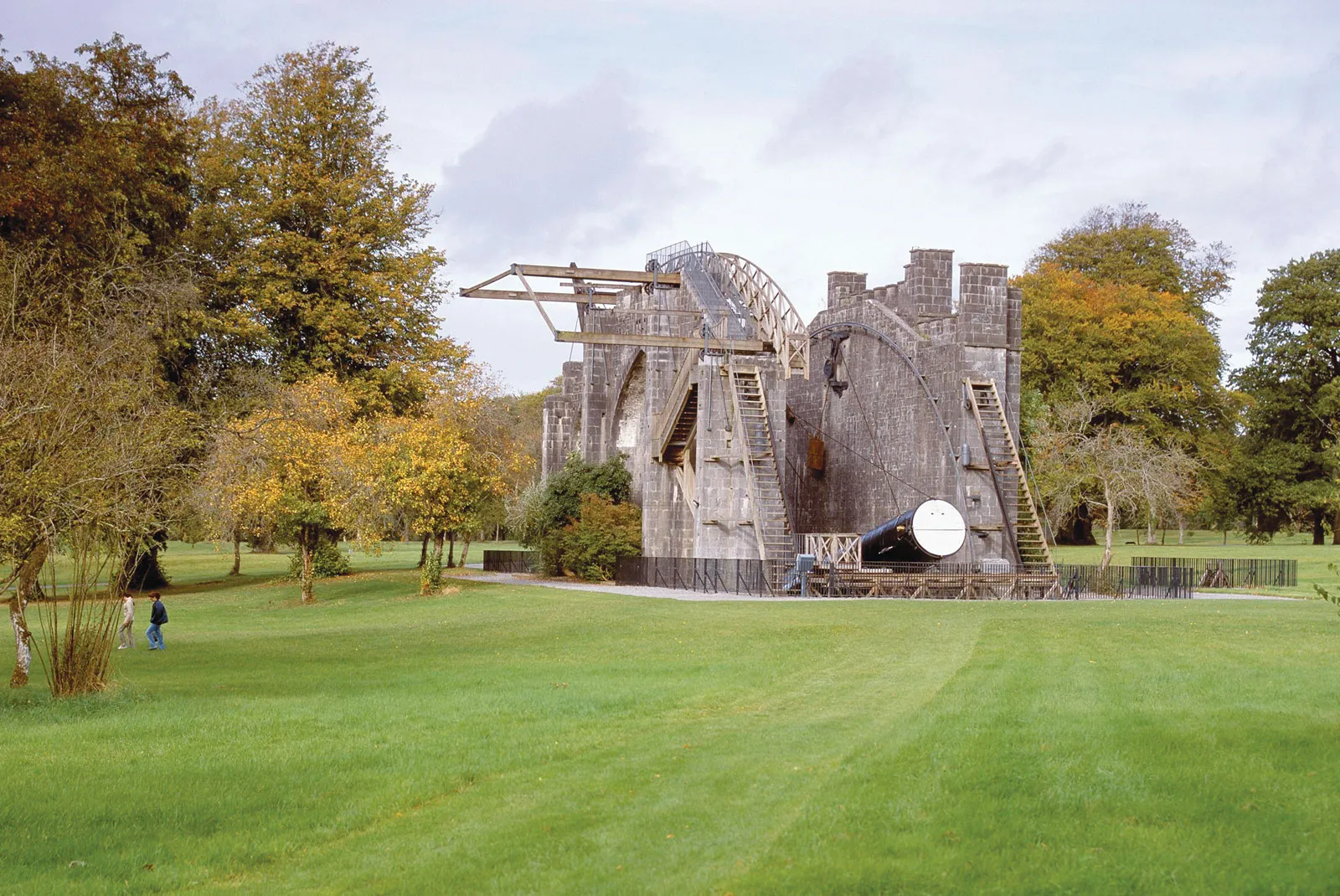
Home to the historic Leviathan of Parsonstown (in the photo), once the largest telescope in the world, Birr Castle also hosts an interactive science center and the I-LOFAR radio telescope. The site is open to visitors, offering a blend of historical and cutting-edge astronomical exploration.
- Blackrock Castle Observatory, Co. Cork
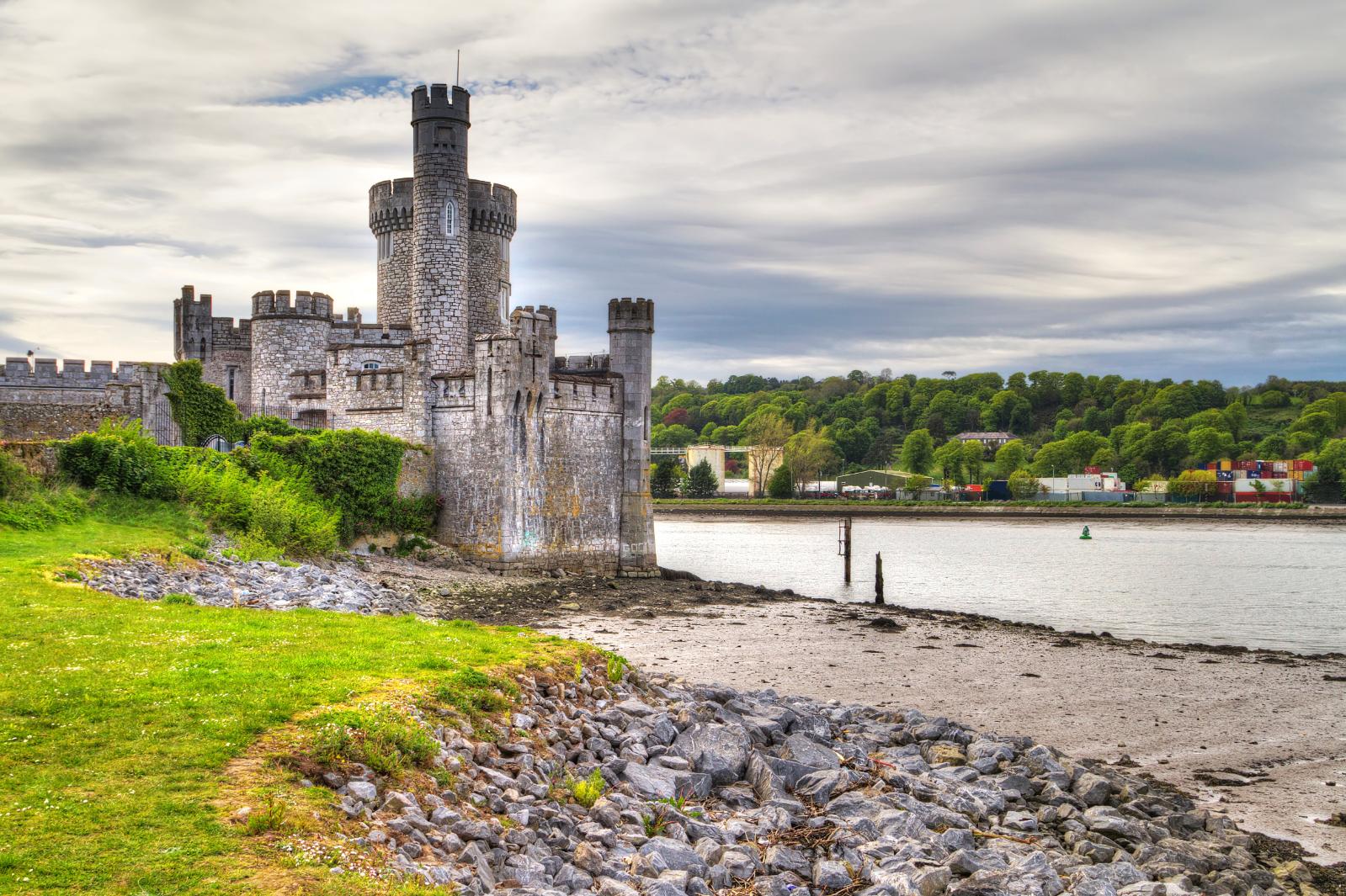
This observatory combines a historic castle setting with modern interactive exhibits. It offers workshops, planetarium shows, and stargazing events, making it a popular destination for astronomy enthusiasts.
- Best Places for Stargazing

Both regions offer numerous spots for stargazing, including coastal areas and designated dark sky parks, where the lack of light pollution reveals the full splendor of the night sky.
The best places for stargazing in Ireland
- Spotting the Northern Lights
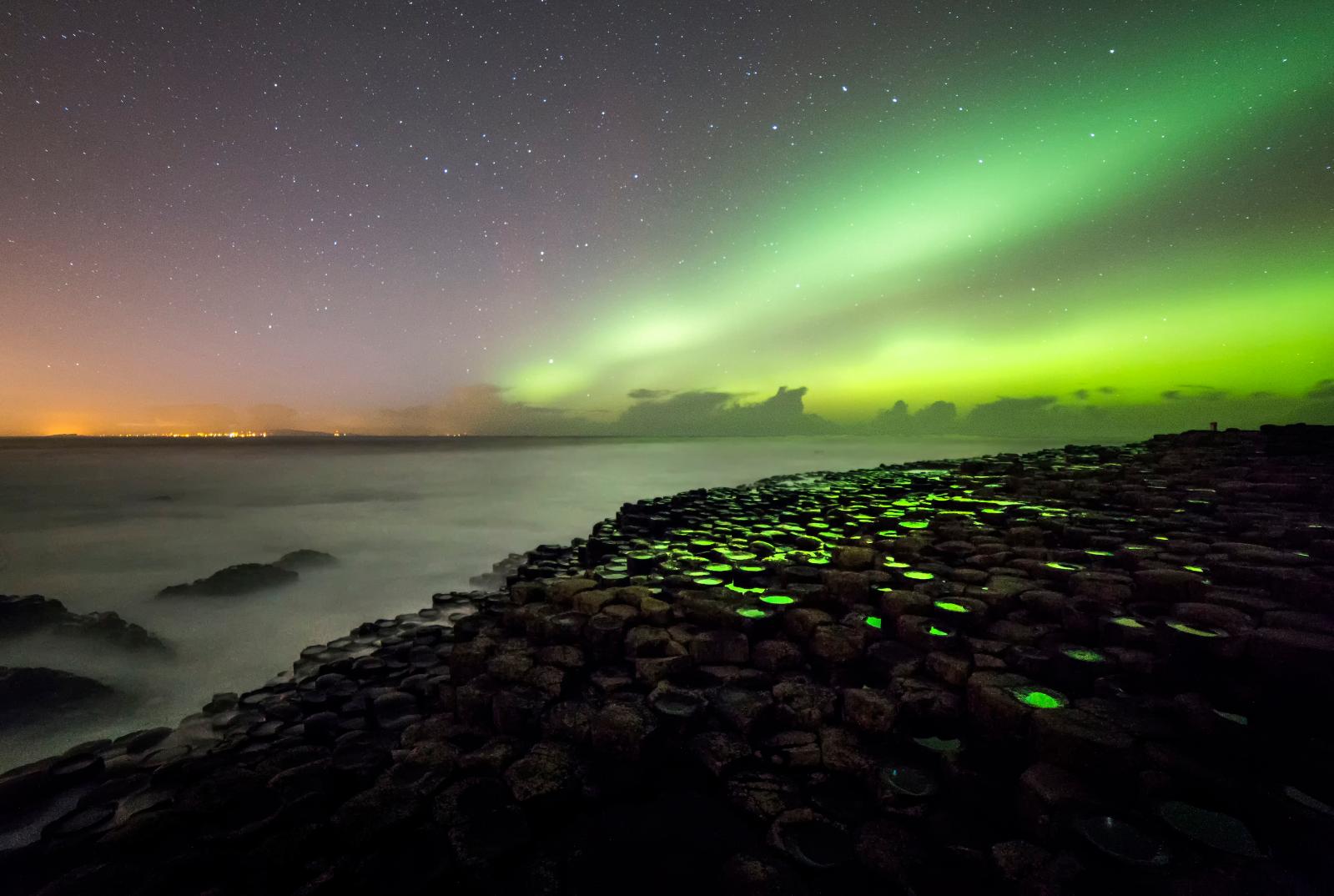
Spotting the Northern Lights, or Aurora Borealis, in Northern Ireland and Ireland is a rare but awe-inspiring experience. The best time to witness this natural phenomenon is during the winter months, from late September to March, when the nights are the longest and the skies are the darkest. The auroras are most likely to be visible during periods of high solar activity, which can be predicted by monitoring space weather forecasts and aurora alerts.
In Northern Ireland, some of the best locations to view the Northern Lights are along the northern coast, where light pollution is minimal, and the skies are clear. Areas such as the Antrim Coast, including spots like Ballycastle, Portrush, and the iconic Giant's Causeway, offer unobstructed views of the northern horizon. Similarly, the Dark Sky Park and Observatory in the Sperrin Mountains provides an excellent vantage point for stargazing and observing auroras, thanks to its recognised dark sky status.
In the Republic of Ireland, the northern and western coasts are ideal for spotting the auroras. Counties Donegal and Mayo, with their remote beaches and rugged landscapes, offer some of the darkest skies in the country. Locations such as Malin Head, Ireland's northernmost point, and the coastal areas around the Wild Atlantic Way, are particularly favoured by aurora hunters. To increase the chances of a successful sighting, it is essential to check the aurora forecast, choose a clear night, and find a location with a clear view of the northern horizon. Patience and preparation are key, as the Northern Lights can be elusive, but witnessing them is a truly magical experience.
https://irishastro.org/aurora-current-conditions/
Northern Lights alerts Ireland
https://aurorawatch.lancs.ac.uk/alerts/
Passage Tombs
-
Newgrange Passage Tomb, Co. Meath

This UNESCO World Heritage Site is famous for its passage tombs, particularly Newgrange, which aligns with the sunrise during the winter solstice. These monuments provide a glimpse into the sophisticated astronomical knowledge of ancient peoples.
These fascinating sites will be the highlight of our excursion on Saturday, June 14th.
- Carrowkeel Passage Tomb, Co. Sligo
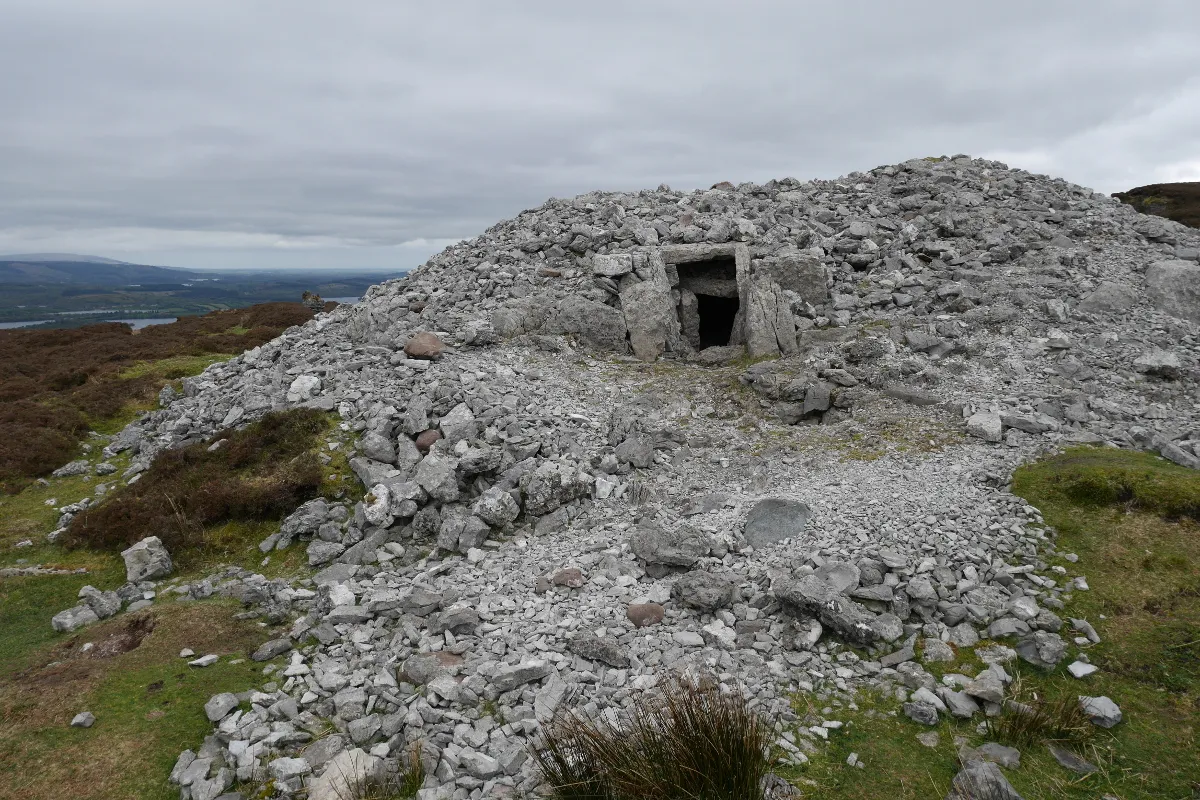
Part of a complex of Neolithic passage tombs, Carrowkeel is aligned with the setting sun during the summer solstice. It is accessible to visitors interested in exploring ancient burial practices and their celestial connections.
Stone Circles
-
Beaghmore Stone Circles, Co. Tyrone

These ancient stone circles and cairns are believed to have been used for astronomical observations. The alignment of stones suggests a connection to solar and lunar cycles, making it a fascinating site for those interested in ancient astronomy.
- Ballynoe Stone Circle, Co. Down
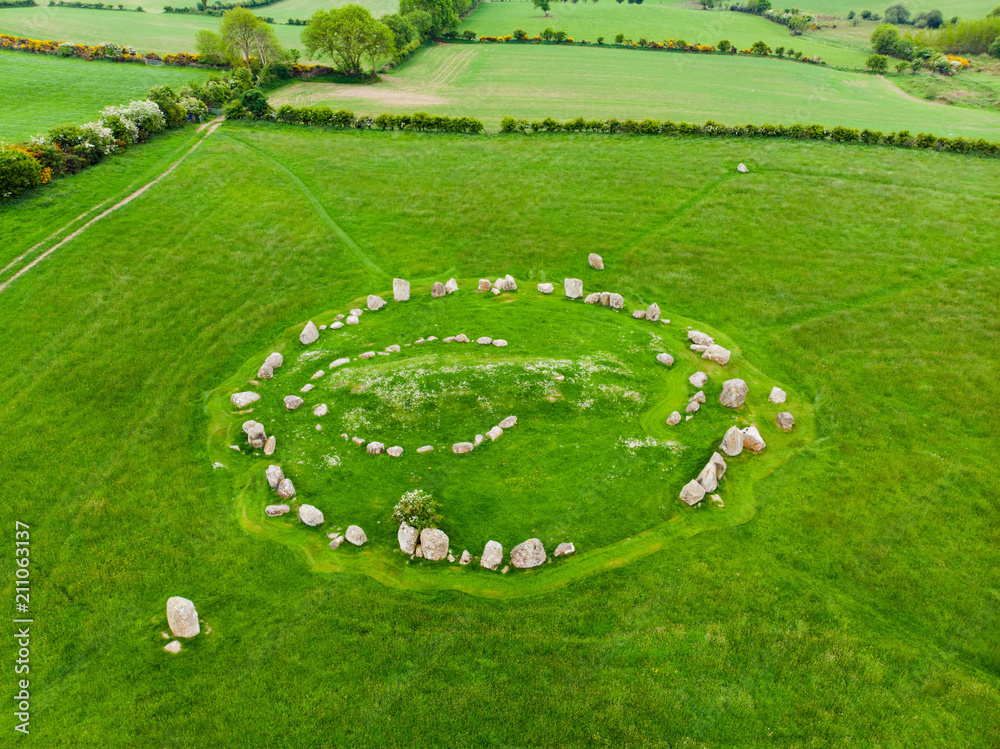
A large stone circle with over 50 stones, Ballynoe offers insights into the prehistoric understanding of the cosmos. Its orientation and structure may have been used for ritualistic purposes linked to astronomical events.
-
Drombeg Stone Circle, Co. Cork
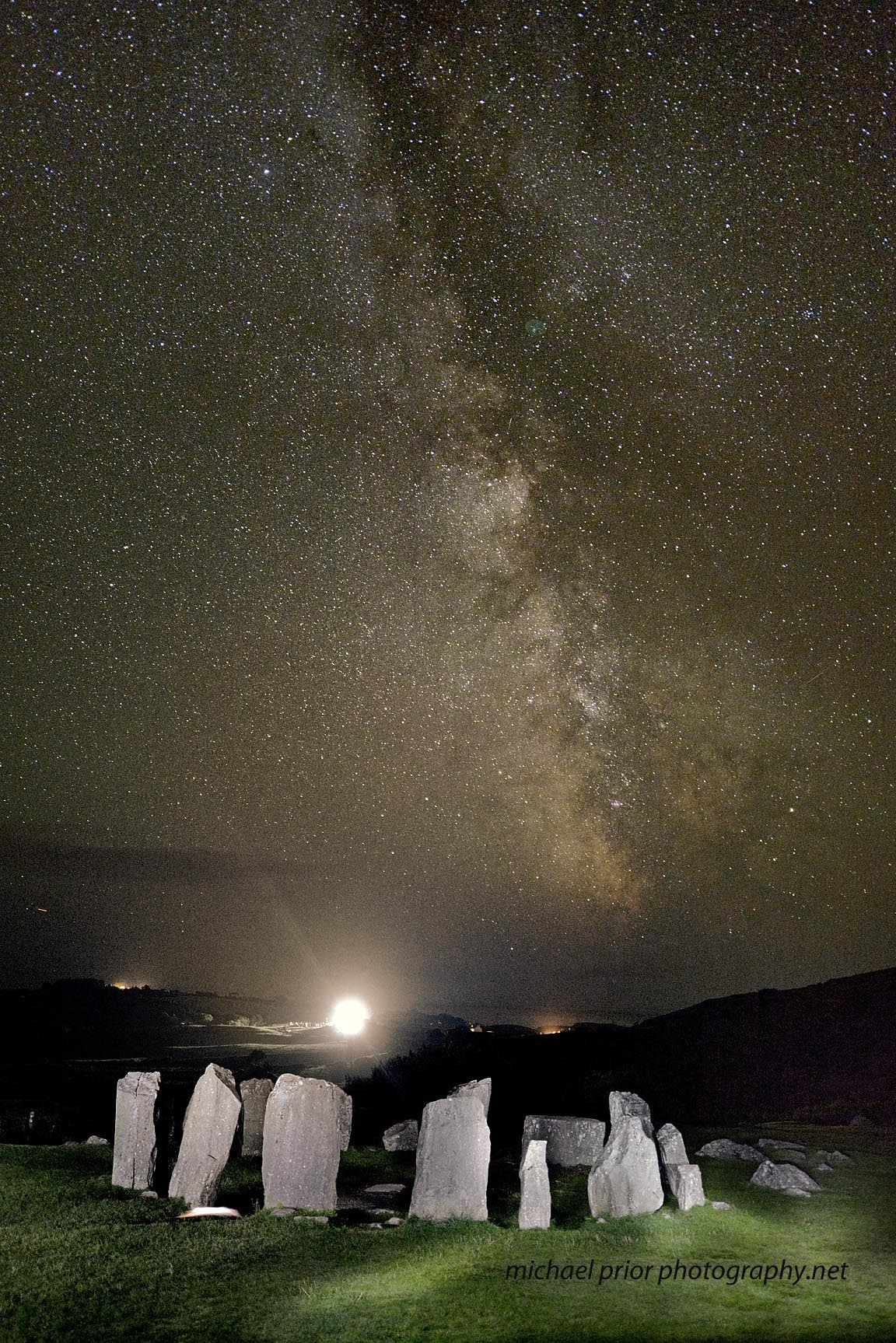
Known as the "Druid's Altar," this stone circle is aligned with the midwinter solstice sunset. It is a captivating site for those interested in the intersection of ancient rituals and astronomy.
- Beltany Stone Circle, Co. Donegal
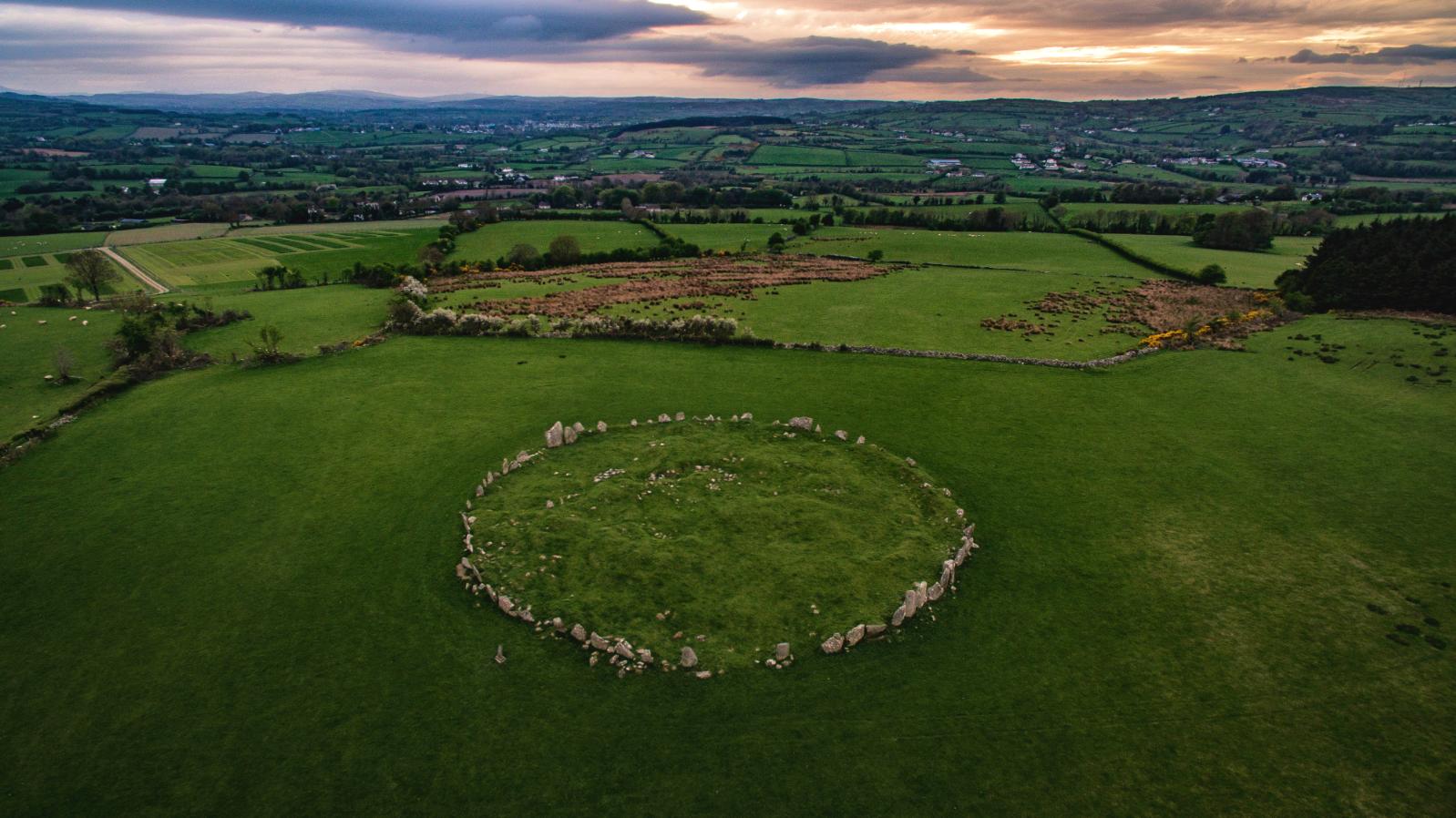
This large stone circle, with over 60 stones, is thought to have been used for ceremonial and astronomical purposes. The site offers panoramic views and a sense of mystery surrounding its origins.

